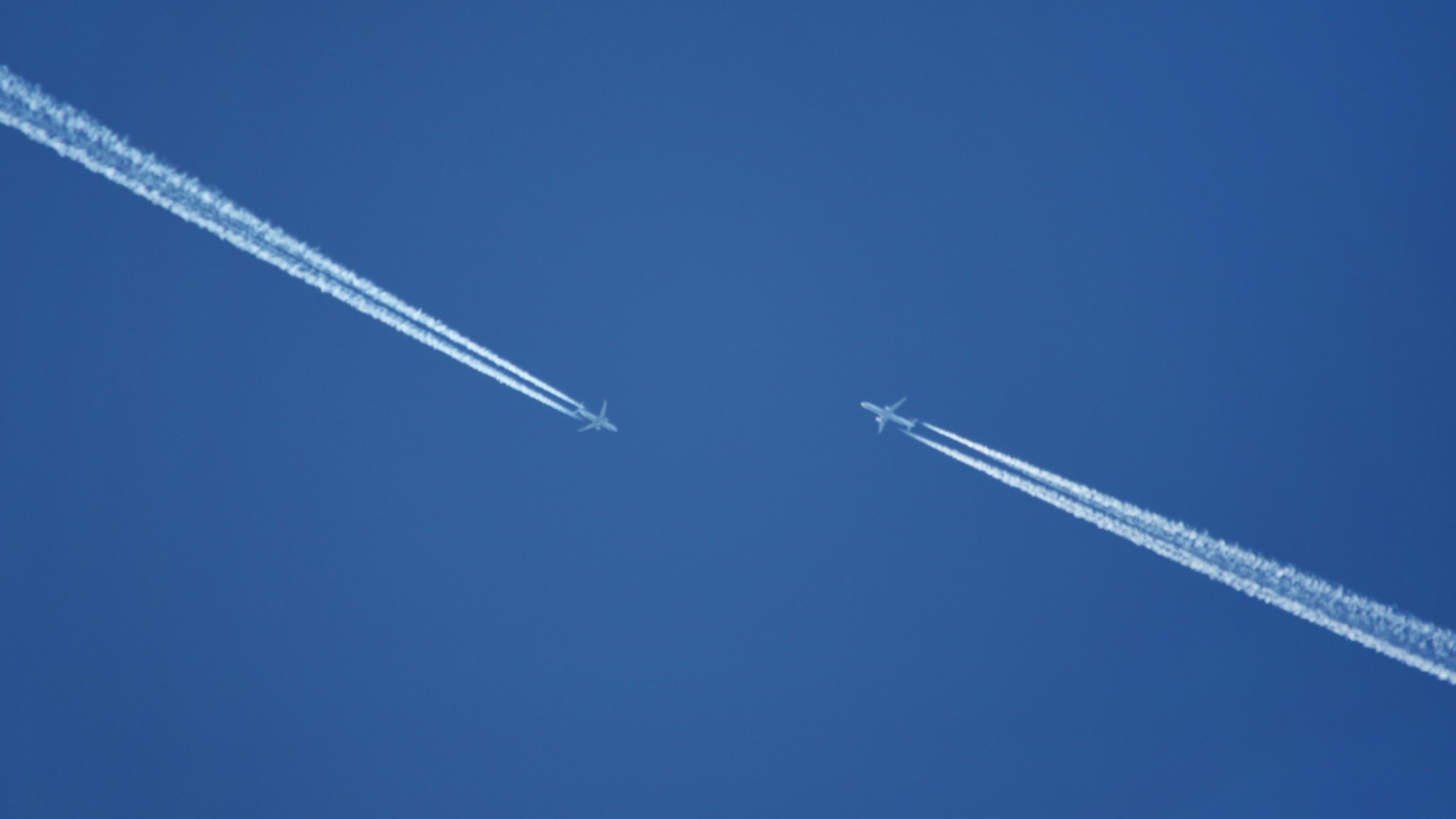The Great Salt Lake is getting less great by the year
Evaporation is wrecking havoc on the local ecosystem


Utah's Great Salt Lake is drying out and releasing greenhouse gases into the atmosphere. The effect of drying lakes has largely not been included in climate calculations, making true emissions levels inaccurate. Salt lakes all over the world are facing similar fates, and the changes are making conservation efforts a priority.
A very salty buffet
A study published in the journal One Earth found that 4.1 million tons of carbon dioxide and other greenhouse gases were released by the Great Salt Lake in 2020, causing a 7% increase in Utah's greenhouse gas emissions and worsening climate change. The lake has been steadily drying, falling to a record low level two years ago. While the water level has rebounded slightly in the past few years, the lake's level remains below what is considered a healthy range.
"Human-caused desiccation of Great Salt Lake is exposing huge areas of lake bed and releasing massive quantities of greenhouse gases into the atmosphere," Soren Brothers, lead author of the study, said in a statement. "The significance of lake desiccation as a driver of climate change needs to be addressed in greater detail and considered in climate change mitigation and watershed planning."
The Week
Escape your echo chamber. Get the facts behind the news, plus analysis from multiple perspectives.

Sign up for The Week's Free Newsletters
From our morning news briefing to a weekly Good News Newsletter, get the best of The Week delivered directly to your inbox.
From our morning news briefing to a weekly Good News Newsletter, get the best of The Week delivered directly to your inbox.
The emissions come from microorganisms releasing carbon dioxide while feeding on materials exposed to the drying lakebed. "Everything that's flowed into that lake over the last 10,000 years or so since it's existed has ended up on that big lake bottom," Brothers said to The Salt Lake Tribune. "It's a huge buffet for bacteria to consume. Suddenly they have access to 10,000 years of deposited organic matter that's been off-limits until then." As the lake dries, more matter is exposed for consumption. Human actions, namely agriculture, are mostly to blame for the drying of the Great Salt Lake. "Upstream water diversions for expanding alfalfa farms and dairies have resulted in less flows into the lake," said NPR. "Utah's rapid population growth has also been to blame."
Lost in calculation
The true magnitude of emissions caused by drying lakes is understated in climate calculations. "They must include the drying lakes in those inventories," Rafael Marcé, a research scientist at the Centre for Advanced Studies in Blanes, Spain, said to The Washington Post. "Because in the case of very big lakes, they could be missing something which is very relevant."
In addition, the loss of water can have major impacts on the surrounding ecosystem. Shorebird and brine shrimp populations have been declining in the region. Dust storms have also increased, worsening air pollution. "Scientists have warned that the lake has high concentrations of neurotoxins and cancer-causing carcinogens — including arsenic and mercury," said NPR.
The good news is that attention has been paid. "For generations, the lake was seen as kind of this dead thing that just happens to be there and will always be there," Utah Gov. Spencer Cox said to NPR. "Now that people are realizing there's a potential that it might not always be here, that's gotten people's attention in a positive way." The Utah state legislature has invested approximately $1 billion in water conservation efforts.
A free daily email with the biggest news stories of the day – and the best features from TheWeek.com
Salt lakes account for approximately 44% of the volume and 23% of the surface area of lakes worldwide. "The significance of lake desiccation as a driver of climate change needs to be addressed in greater detail and considered in climate change mitigation and watershed planning," said Brothers.
Devika Rao has worked as a staff writer at The Week since 2022, covering science, the environment, climate and business. She previously worked as a policy associate for a nonprofit organization advocating for environmental action from a business perspective.
-
 The best homes of the year
The best homes of the yearFeature Featuring a former helicopter engine repair workshop in Washington, D.C. and high-rise living in San Francisco
-
 Critics’ choice: The year’s top 10 movies
Critics’ choice: The year’s top 10 moviesFeature ‘One Battle After Another’ and ‘It Was Just an Accident’ stand out
-
 The small Caribbean island courting crypto billions
The small Caribbean island courting crypto billionsUnder the Radar Crypto mogul Olivier Janssens plans to create a libertarian utopia on Nevis
-
 Crest falling: Mount Rainier and 4 other mountains are losing height
Crest falling: Mount Rainier and 4 other mountains are losing heightUnder the radar Its peak elevation is approximately 20 feet lower than it once was
-
 Pros and cons of geothermal energy
Pros and cons of geothermal energyPros and Cons Renewable source is environmentally friendly but it is location-specific
-
 Death toll from Southeast Asia storms tops 1,000
Death toll from Southeast Asia storms tops 1,000speed read Catastrophic floods and landslides have struck Sri Lanka, Indonesia, Thailand and Malaysia
-
 Can for-profit geoengineering put a pause on climate change?
Can for-profit geoengineering put a pause on climate change?In the Spotlight Stardust Solutions wants to dim the sun. Scientists are worried.
-
 How will climate change affect the UK?
How will climate change affect the UK?The Explainer Met Office projections show the UK getting substantially warmer and wetter – with more extreme weather events
-
 Can the UK do more on climate change?
Can the UK do more on climate change?Today's Big Question Labour has shown leadership in the face of fraying international consensus, but must show the public their green mission is ‘a net benefit, not a net cost’
-
 Did Cop30 fulfil its promise to Indigenous Brazilians?
Did Cop30 fulfil its promise to Indigenous Brazilians?Today’s Big Question Brazilian president approves 10 new protected territories, following ‘unprecedented’ Indigenous presence at conference, both as delegates and protesters
-
 Can the world adapt to climate change?
Can the world adapt to climate change?Today's Big Question As the world gets hotter, COP30 leaders consider resilience efforts
